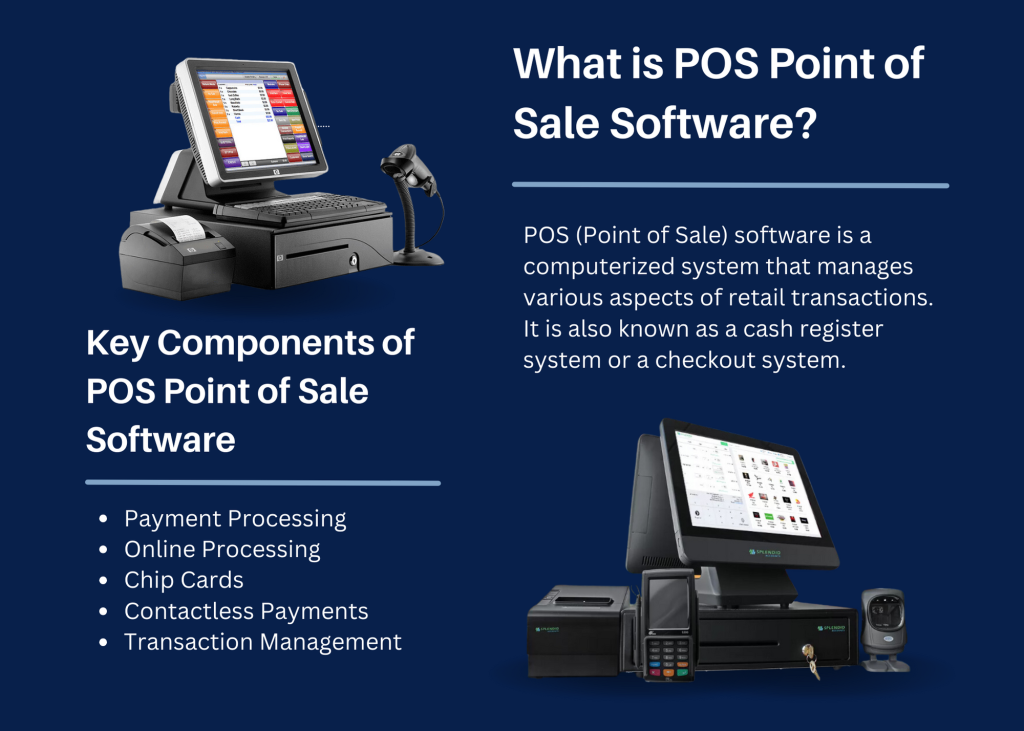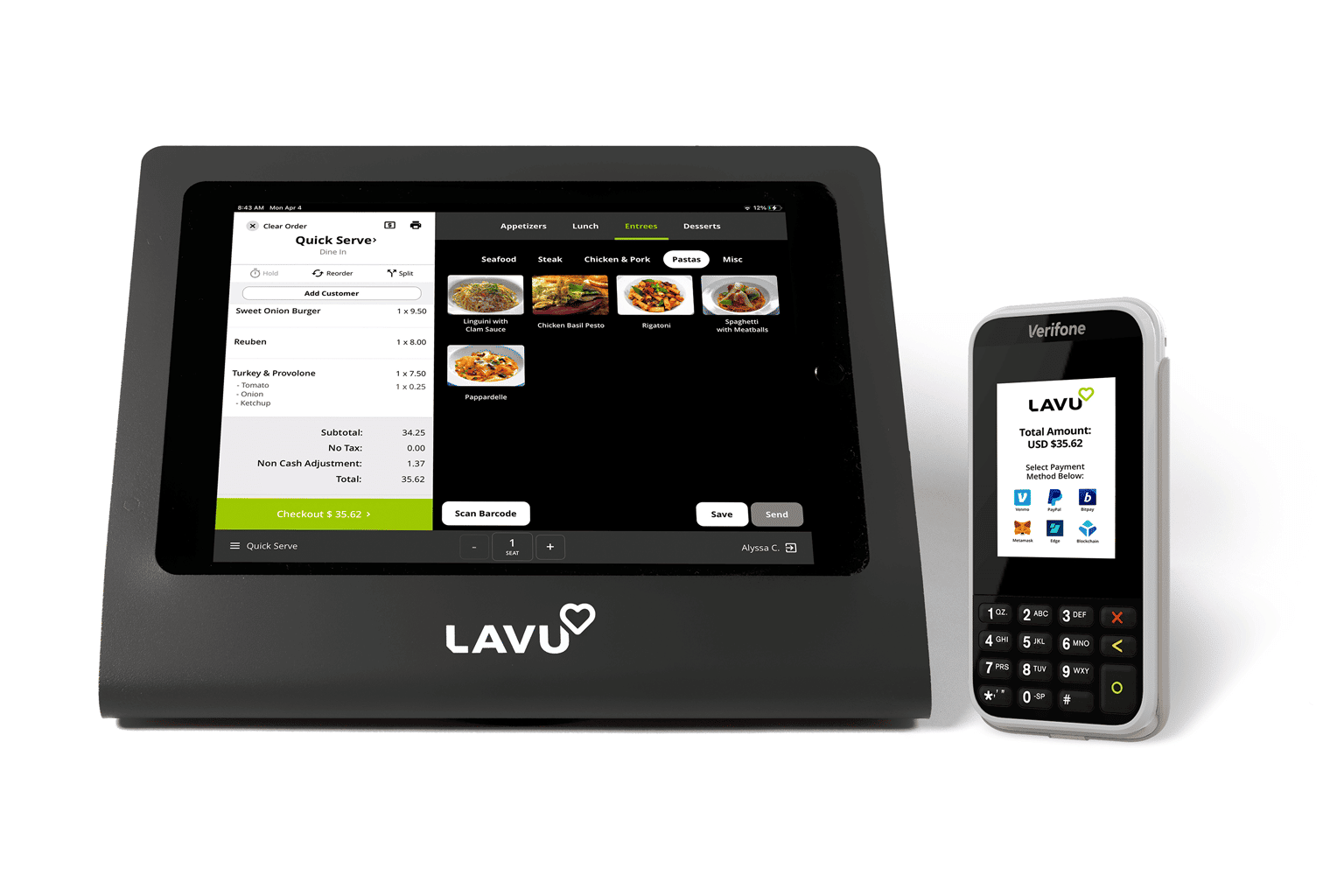Restaurant POS Software for mobile payments: What to look for
Just How POS System Works: A Comprehensive Overview for Entrpreneurs

Recognizing the Components of a POS System

Exactly How Sales Purchases Are Refined
When a consumer determines to buy, the sales transaction starts a series of organized steps within the POS system. First, the cashier inputs the products being acquired, which are scanned via a barcode viewers or manually entered. This action retrieves product details, consisting of rates and applicable tax obligations, from the system's database.Next, the customer is offered with the complete amount due. The POS system then processes the payment, whether via cash money, bank card, or mobile payment methods (Restaurant POS Software). For digital repayments, the POS securely interacts with payment cpus to authorize and confirm the transaction.Once the settlement is verified, the system produces an invoice, which can be published or sent digitally. This invoice functions as receipt for the customer. The transaction data is videotaped in the system, ensuring precise sales records and financial tracking for the company.
Supply Management and Monitoring

Efficient stock monitoring and monitoring are important parts of a POS system, as they assure that companies maintain optimal stock degrees and lessen inconsistencies. A robust POS system allows for real-time stock updates, mirroring returns and sales immediately. This makes it possible for entrepreneur to keep an eye on supply degrees accurately, ensuring that popular products are conveniently offered while stopping overstocking of much less popular products.Additionally, advanced POS systems use functions such as computerized supply signals and reorder ideas, streamlining the procurement process. Barcoding and RFID technology improve accuracy in tracking supply activity, reducing human mistake. Substantial reporting tools provide understandings right into inventory turn over prices, assisting organizations make informed choices regarding buying and item offerings. Inevitably, efficient supply administration through a POS system not just improves operational effectiveness but also improves client fulfillment by making sure item schedule.
Evaluating Client Information and Insights
Customer information analysis functions as an effective tool for organizations making use of a POS system (Restaurant POS Software). By taking a look at and gathering deal data, companies can discover beneficial understandings concerning customer Restaurant POS Software habits and preferences. This analysis enables them to determine acquiring trends, peak buying times, and popular products, consequently notifying stock decisions and advertising and marketing strategies.Additionally, businesses can sector their client base, permitting personalized advertising initiatives that cater to details demographics or acquiring habits. Comprehending customer commitment patterns additionally aids in developing targeted promotions and incentives programs.The data amassed from a POS system can likewise disclose insights right into customer feedback, allowing organizations to make enlightened decisions regarding item offerings and service improvements. Inevitably, leveraging customer data efficiently can boost the total shopping experience, foster client satisfaction, and drive revenue development
Benefits of Executing a POS System

Regularly Asked Questions
What Sorts Of Services Can Benefit From a POS System?
Various businesses take advantage of a POS system, including retail shops, dining establishments, hair salons, and ecommerce platforms. These systems improve transactions, stock administration, and consumer information, enhancing functional efficiency and boosting client experience throughout diverse markets.
How Much Does a POS System Commonly Cost?
The expense of a POS system typically varies from a couple of hundred to numerous thousand dollars, depending on functions, equipment, and software application. Organizations have to take into consideration recurring fees for maintenance, support, and transaction handling when budgeting.
Can I Incorporate a POS System With Existing Software?
Incorporating a POS system with existing software application is often possible. Lots of systems supply APIs or integrated compatibility attributes, allowing businesses to streamline operations and enhance functionality by linking different software applications efficiently.
What Training Is Required for Personnel to Utilize a POS System?
Training for personnel to utilize a POS system normally consists of understanding software application performances, refining transactions, taking care of inventory, and dealing with consumer interactions. Practical demonstrations and hands-on session improve efficiency and self-confidence in operation the system efficiently.
What Takes place if the Net Drops While Utilizing a POS System?
If the net decreases throughout POS system usage, deals might be disrupted. Numerous systems offer offline capabilities, enabling basic operations to proceed, yet full performance, consisting of real-time supply updates, will certainly be limited. A Factor of Sale (POS) system is made up of numerous vital components that work with each other to facilitate transactions and handle organization operations. Reliable supply management and tracking are important parts of a POS system, as they ensure that companies maintain excellent stock levels and decrease inconsistencies. Customer data evaluation serves as a powerful device for businesses using a POS system. Understanding consumer loyalty patterns additionally assists in creating targeted incentives and promotions programs.The information amassed from a POS here system can also reveal insights right into consumer responses, making it possible for businesses to make educated decisions concerning product offerings and solution enhancements. Implementing a POS system uses numerous benefits that can substantially improve company operations.